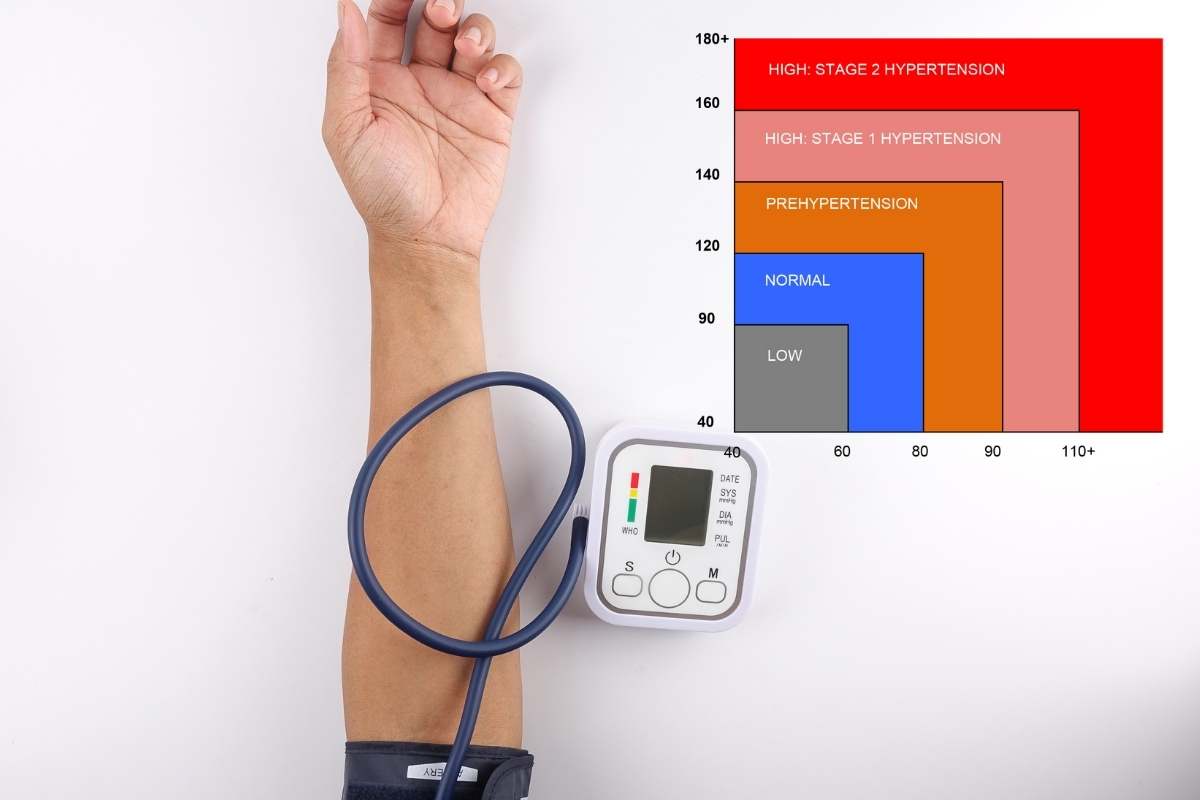When Should You Use an Electronic Pressure Regulators

A pressure regulator is a digital pressure regulator device that is used to control and manage the pressure of fluids. This is done by decreasing the high pressure of liquids & gasses to a managed lower output pressure. The proportional air valves also work very well to maintain a constant output pressure even with various fluctuations in the inlet pressure. The electronic pressure regulators are excellent devices to control the flow of liquid remotely. We are easily able to change the flow rate according to our requirements.
When to Use Electronic Pressure Regulators & Its Various Applications:
There is no doubt that Digital Pressure regulators are used in many domestic & industrial uses in various forms. Some of the most common application forms are regulating propane used in the gas grills, supplying compressed air in industrial use, regulating oxygen in healthcare equipment, etc. The electro-pneumatic pressure regulator is also used to regulate fuel in aerospace and automotive engine applications. The main reason to use this device for domestic or industrial use is to manage the pressure from high source pressure to low output pressure.
Basic Elements of a Pressure Regulator:
The commonly used digital pressure regulator is consists of the listed below elements:
- The first basic element is the pressure decreasing element like the poppet valve.
- Loading element for applying the essential force to the decreasing pressure element such as piston actuator, spring, etc.
- Sensing element, for instance: the diaphragm.
Also Read: What is a Screw Extractor?
Pressure Reducing Element:
The spring-loaded digital pressure regulator valve is usually used as the pressure decreasing element. These poppet valves have elastomeric sealing in the most common application. In comparison, it has thermoplastic sealing for high-pressure use. The best part Is that it seals the valve seating for any fluid (gasses or liquids) leakage. We are easily able to reduce the pressure of the reactant when electric pressure regulators. This control is essential when we are going to produce a specific product according to the SOPs.
The spring force controls the poppet valve to open the valve and let the medium flow from the inlet to the outlet. When there is a rise in the outgoing pressure, then the poppet valve of the proportional air regulator closes. This is because of the force created by the sensing element that overcomes the force of the spring.
Loading Element:
The loading element of the electronic water pressure regulator is used to apply the force to the sensing element to open the valve. The amount of spring force can be varied, determining the amount of outlet pressure obtained.
The Sensing Element:
Pistons are usually used for the high pressure of fluids, and rugged applications. In those applications where wider tolerances on the outgoing pressure is acceptable. Because of the friction between the pinion sealing & regulator body, they tend to be sluggish.
The sensing element like the diaphragm is suitable for high accuracy. They are made up of the thin disc-type material which is sensitive to changes in fluid pressure. The diaphragm has low friction as compared to the piston-type designs. In addition to it, depending on the regulator size they provide a high sensing area.
Also Read: Check Out These Different Types of Boats Before Buying One!
Conclusion:
When it comes to selecting the one from a variety of options, you are required to consider a few factors. The top consideration for selecting the pressure regulator are:
- Operating pressure must range from inlet to the outlet.
- Pressure flow requirements.
The use of pressure regulators are usually found in industrial & domestic applications. For instance, they are used in gas grills for regulating the propane, in dental equipment for the regulation of the compressed air.












